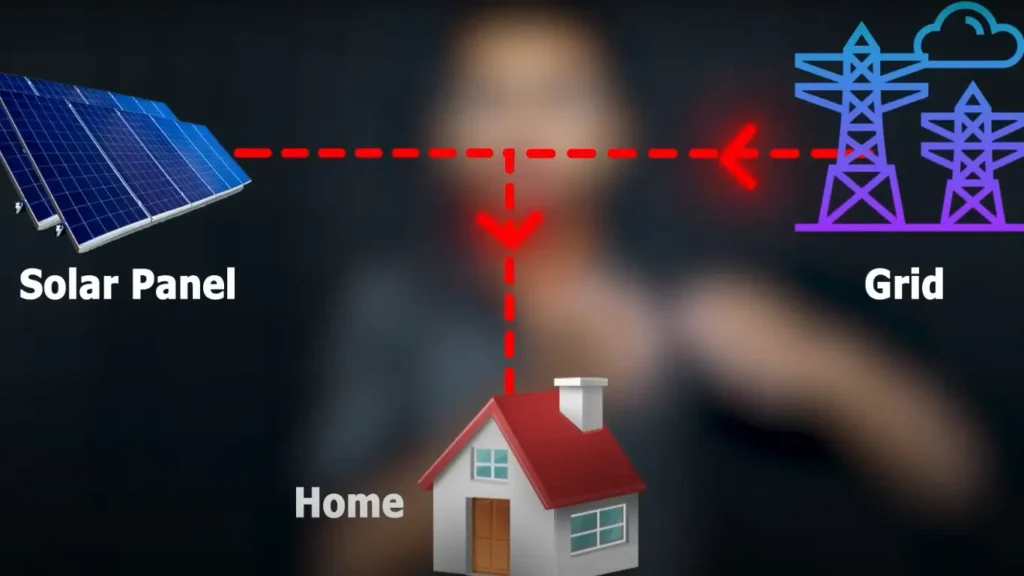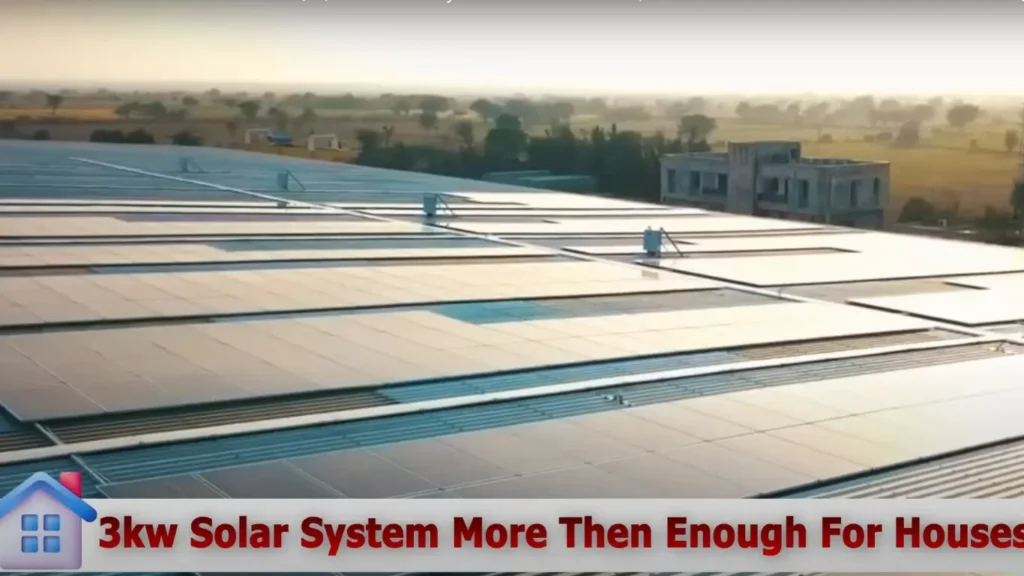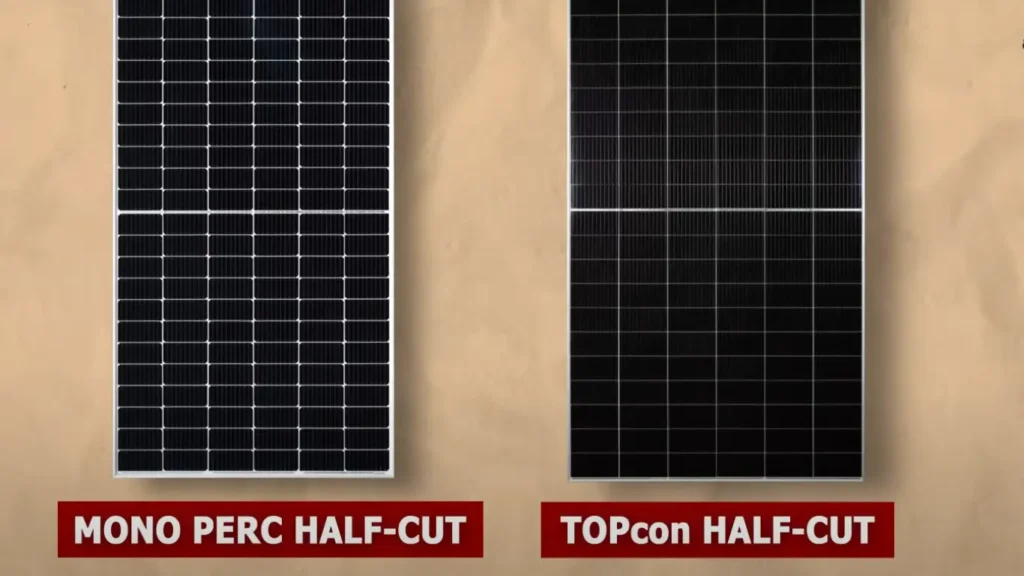solar power has become increasingly popular. Solar panels, in particular, are at the forefront of renewable energy solutions. This guide will delve into the intricacies of solar panels, from their functionality to installation, maintenance, and beyond.
Table of Contents
Toggle*Understanding Solar Panels*
- Solar panels are devices that use the photovoltaic effect to convert sunlight into electricity। Made up of multiple solar cells, these panels generate direct current (DC) electricity when exposed to sunlight.
*How Do Solar Panels Work?*

- A flow of electricity occurs when sunlight hits the solar cells, knocking electrons out of their atoms। This direct current is then converted into alternating current (AC) by an inverter, making it usable for powering homes, businesses, and more.
*Types of Solar Panels*
- There are several types of solar panels available in the market, including monocrystalline, polycrystalline, and thin-film. Each type caters to different needs and preferences, with its own set of benefits and drawbacks।
*Installation Process*

- Installing solar panels requires careful planning and consideration. It typically involves assessing your property’s suitability, determining the optimal placement for maximum sunlight exposure, and securing necessary permits. Hiring a professional installer ensures a smooth and efficient installation process.
*Maintenance and Care*
- Although solar panels require relatively little maintenance, for optimal performance, regular upkeep is necessary। This includes keeping the panels clean, checking for any damage or debris, and monitoring energy production levels.
*FAQs About Solar Panels*
How many solar panels does it take to run a house?
- The number of solar panels needed to power a house depends on several factors, including the household’s energy consumption, location, available sunlight, and the efficiency of the solar panels. On average, a typical American household might require anywhere from 20 to 40 solar panels to cover its energy needs.
What are the two disadvantages of solar panels?
- Firstly, initial installation costs can be significant, although they have been decreasing over time. Secondly, solar panels are dependent on sunlight, so they may not produce electricity during cloudy days or at night. However, advancements in battery storage technology are mitigating this issue by allowing excess energy generated during sunny periods to be stored for later use.

What is the purpose of solar panels?
- Solar panels are designed to convert sunlight into electricity, offering a renewable and sustainable energy source. They help reduce reliance on fossil fuels, mitigate environmental impact, and contribute to energy independence for households, businesses, and communities.
How much is one panel of solar?
- The cost of a single solar panel can vary based on factors such as its size, quality, efficiency, and manufacturer. On average, a standard residential solar panel can range from $150 to $350 per panel. However, it’s essential to consider the long-term savings on energy bills and environmental benefits when evaluating the cost-effectiveness of its installation.
*Conclusion*

solar panels offer a sustainable and cost-effective solution for meeting energy needs. By harnessing the power of the sun, we can reduce reliance on fossil fuels and mitigate environmental impact. With advancements in technology and increasing affordability, solar panels are poised to play a significant role in shaping our energy future. Whether you’re considering solar panels for your home or business, this guide equips you with the knowledge to make informed decisions and embark on your journey toward a brighter, greener tomorrow.